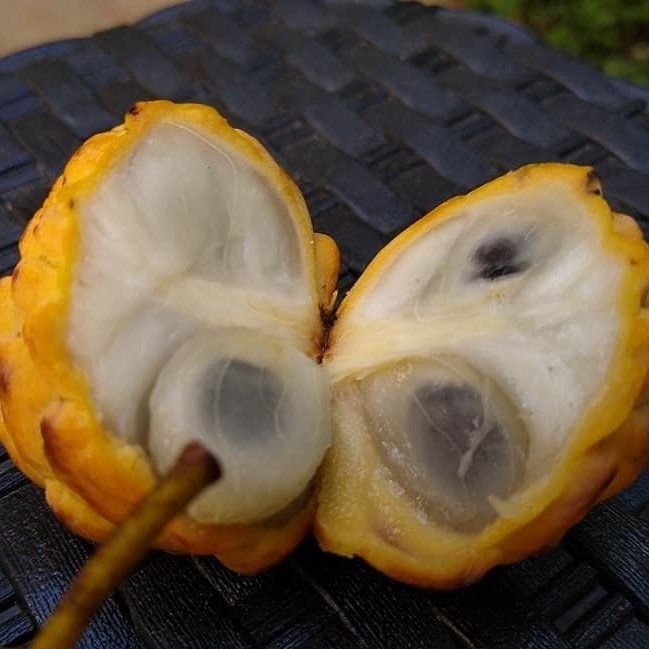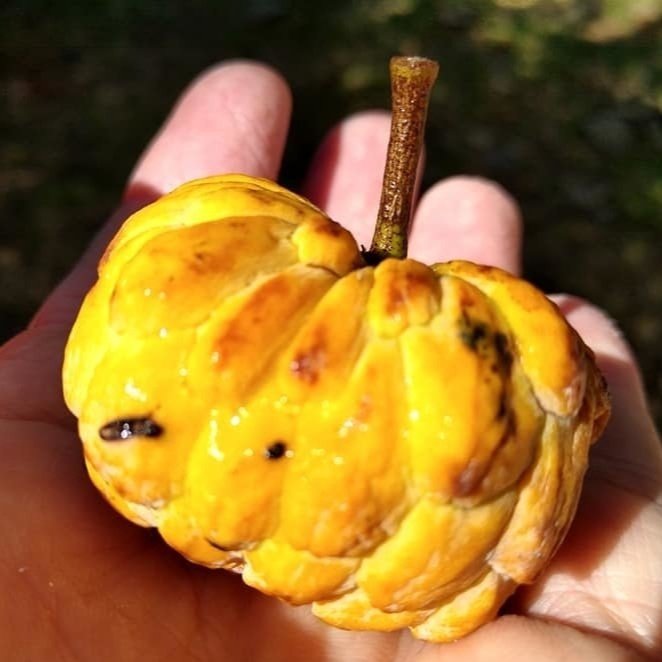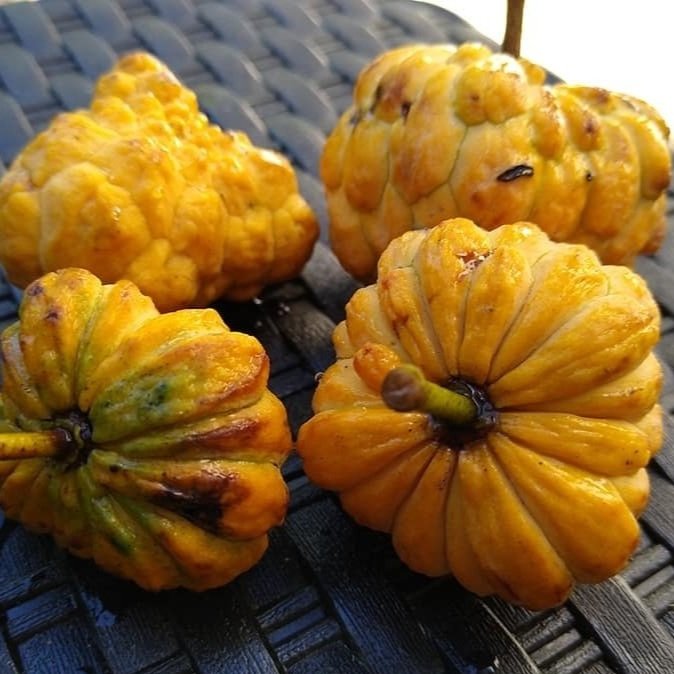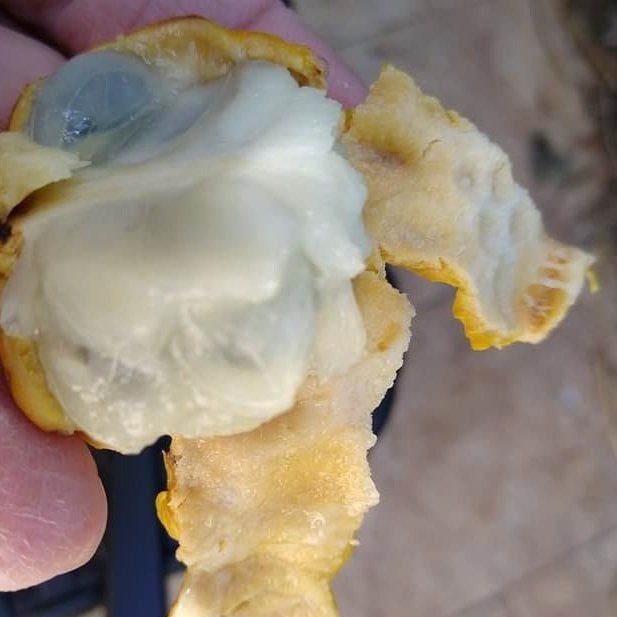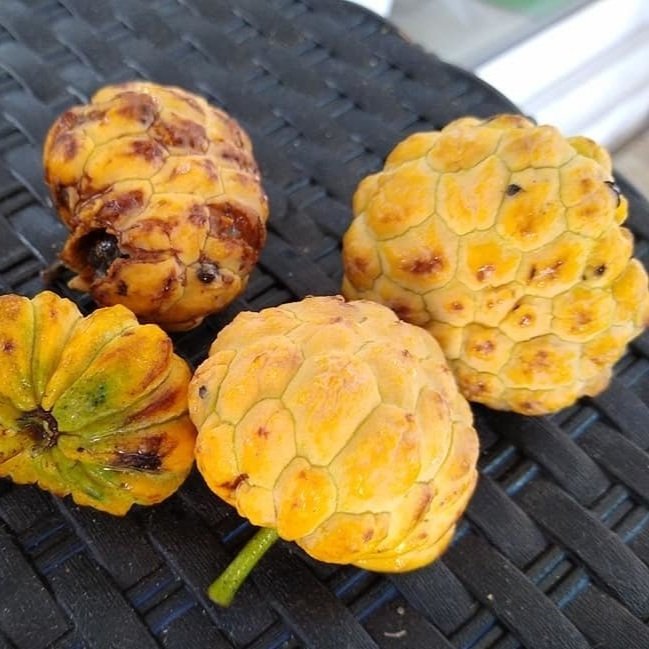Annona Parviflora
Seeds were imported from Argentina. The Beach Custard Apple, scientifically known as Annona parviflora, belongs to the Annonaceae family and originates from the coastal rainforests of southeastern Brazil, particularly in Rio de Janeiro. This species typically grows as a large shrub or small tree, featuring simple, velvety-textured leaves and small greenish flowers. It produces small, yellowish fruit with rough skin, and the translucent white flesh is sweet and edible. Thriving in humid tropical biomes, Annona parviflora is naturally found in tropical rainforest regions of southeastern Brazil. However, it is classified as "Near Threatened" (NT) on the IUCN Red List of Threatened Species, indicating a risk of becoming endangered if conditions worsen. Although the fruit is prized for its sweet flavor, it remains relatively unknown outside its native habitat. Seeds are shipped in humid vermiculite.
Seeds were imported from Argentina. The Beach Custard Apple, scientifically known as Annona parviflora, belongs to the Annonaceae family and originates from the coastal rainforests of southeastern Brazil, particularly in Rio de Janeiro. This species typically grows as a large shrub or small tree, featuring simple, velvety-textured leaves and small greenish flowers. It produces small, yellowish fruit with rough skin, and the translucent white flesh is sweet and edible. Thriving in humid tropical biomes, Annona parviflora is naturally found in tropical rainforest regions of southeastern Brazil. However, it is classified as "Near Threatened" (NT) on the IUCN Red List of Threatened Species, indicating a risk of becoming endangered if conditions worsen. Although the fruit is prized for its sweet flavor, it remains relatively unknown outside its native habitat. Seeds are shipped in humid vermiculite.
Seeds were imported from Argentina. The Beach Custard Apple, scientifically known as Annona parviflora, belongs to the Annonaceae family and originates from the coastal rainforests of southeastern Brazil, particularly in Rio de Janeiro. This species typically grows as a large shrub or small tree, featuring simple, velvety-textured leaves and small greenish flowers. It produces small, yellowish fruit with rough skin, and the translucent white flesh is sweet and edible. Thriving in humid tropical biomes, Annona parviflora is naturally found in tropical rainforest regions of southeastern Brazil. However, it is classified as "Near Threatened" (NT) on the IUCN Red List of Threatened Species, indicating a risk of becoming endangered if conditions worsen. Although the fruit is prized for its sweet flavor, it remains relatively unknown outside its native habitat. Seeds are shipped in humid vermiculite.


